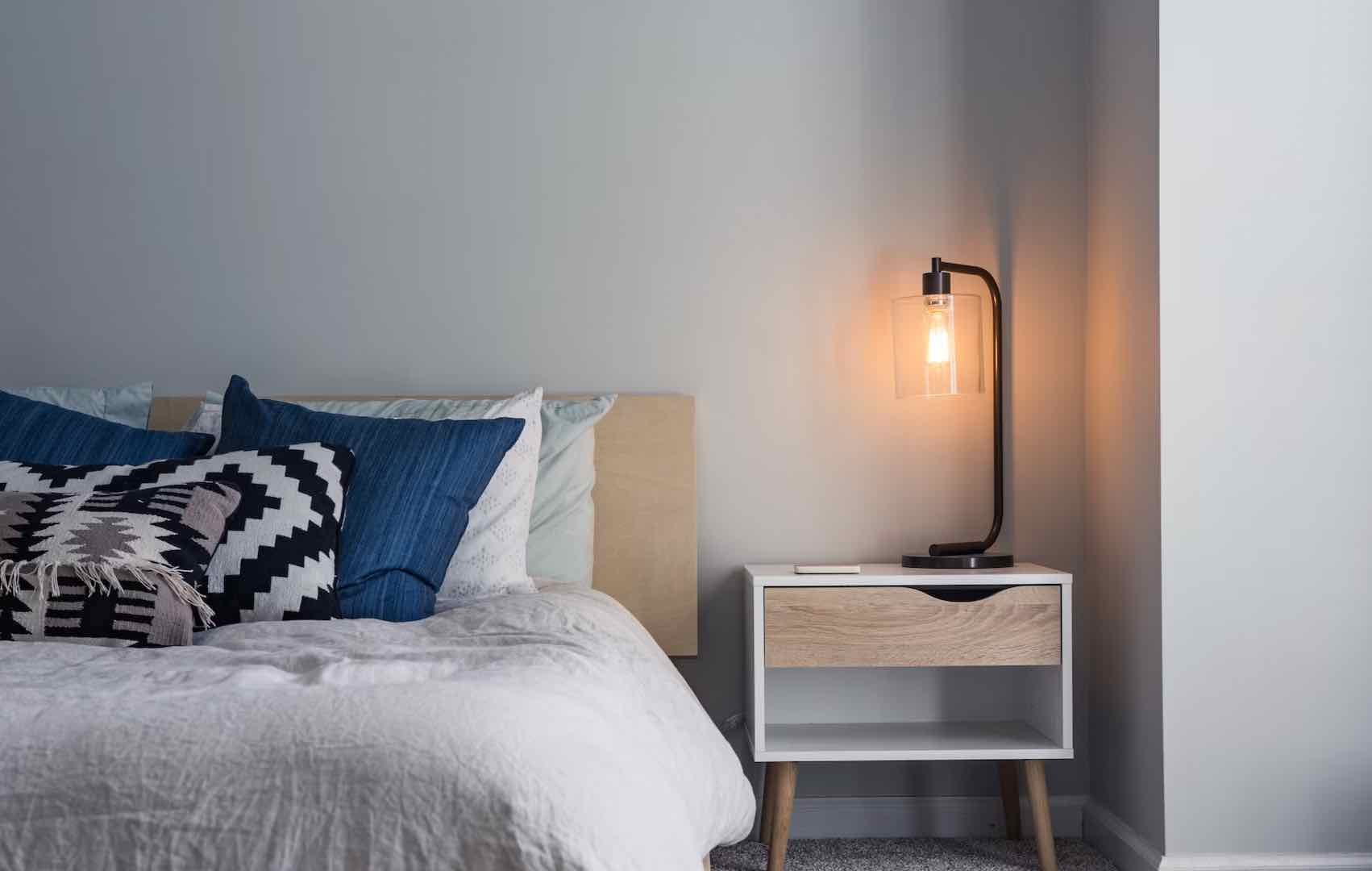
31 Jul Winter-Proof Your Home: Preventing Water Damage During the Cold Months
As the colder months approach, homeowners must take proactive steps to protect their properties from potential water damage. The combination of freezing temperatures, snow, and ice can create significant risks, leading to burst pipes, roof leaks, and other water-related issues. In this blog, we will explore essential strategies to prevent fall and winter water damage, ensuring your home remains safe and dry during the cold season.
- Inspect and Seal Windows and Doors: Perform a thorough inspection of your home’s windows and doors for any gaps or cracks that could allow cold air and moisture to seep in. Use weatherstripping or caulking to seal these openings, keeping the cold air out and preventing water infiltration.
- Clean and Inspect Gutters: Clogged gutters can lead to water backup, which may cause roof leaks and damage to the foundation. Before winter sets in, clean out your gutters and downspouts to ensure proper water flow. Consider installing gutter guards to prevent debris buildup throughout the season.
- Roof Inspection and Maintenance: Schedule a professional roof inspection to identify any damaged shingles, leaks, or weak spots. Addressing these issues before winter arrives can prevent further damage during heavy snowfall or ice accumulation.
- Protect Pipes from Freezing: Frozen pipes are a common cause of water damage during the winter. Insulate exposed pipes in unheated areas of your home, such as the basement, attic, or garage. Let faucets drip during extremely cold nights to keep water flowing and prevent pipes from freezing.
- Maintain Heating Systems: Ensure your heating systems, such as furnaces and radiators, are in good working condition. Regular maintenance can prevent malfunctions and leaks that may arise during the colder months.
- Monitor Indoor Humidity Levels: Keep an eye on indoor humidity levels using a hygrometer. Aim for a humidity level between 30% to 50% to prevent condensation on windows and potential water damage.
- Install a Sump Pump: If your area is prone to heavy rainfall or snowmelt, consider installing a sump pump in your basement to prevent flooding. Regularly test the pump to ensure it’s functioning correctly.
- Clear Snow and Ice Buildup: Promptly clear snow and ice buildup from walkways, driveways, and the roof to prevent ice dams and potential water leaks.
Conclusion
Taking proactive measures to prevent fall and winter water damage is essential for every homeowner. By inspecting and sealing windows and doors, cleaning gutters, maintaining the roof and heating systems, protecting pipes from freezing, monitoring indoor humidity levels, installing a sump pump, and clearing snow and ice buildup, you can safeguard your home from water-related issues during the colder months. Prioritize preventive maintenance and stay vigilant throughout the season to keep your home safe and dry.
